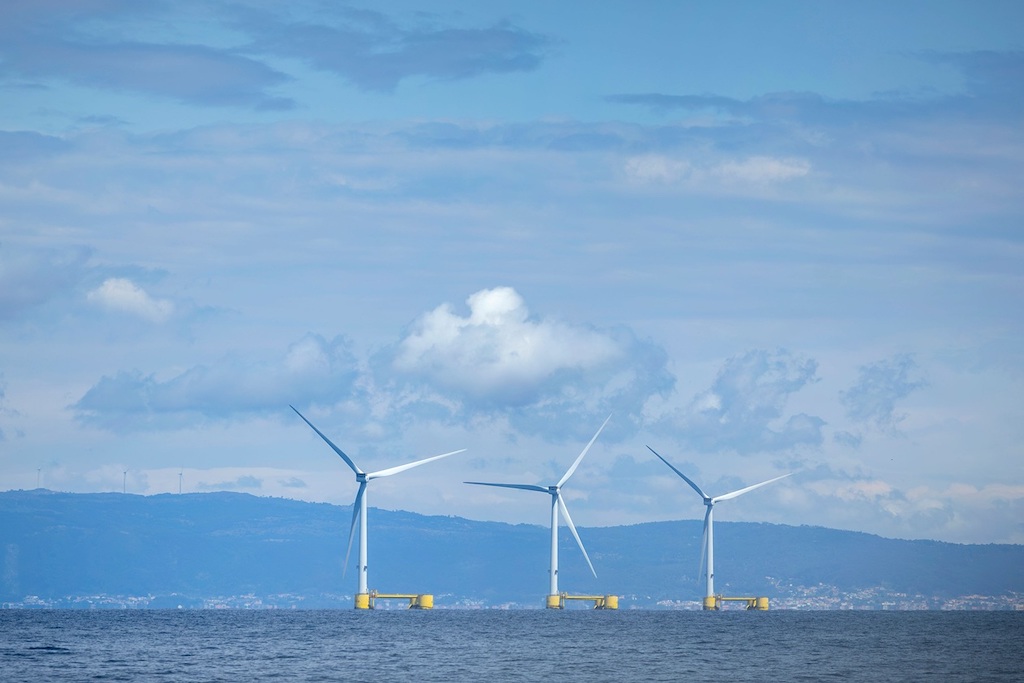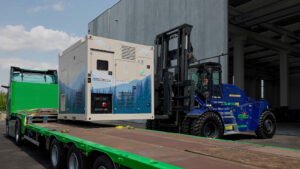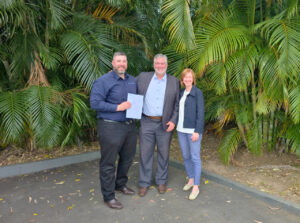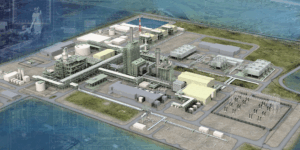Principle Power has announced that floating offshore wind projects using its WindFloat technology have collectively generated more than 1 terawatt-hour (TWh) of electricity since the first WindFloat 1 was connected to the grid in 2011. The achievement highlights both the maturity of the company’s designs and the readiness of its fourth-generation platforms for commercial-scale deployment.
The milestone includes output from the 2 MW WindFloat 1 pilot in Portugal and Scotland, the 25 MW WindFloat Atlantic project operating since 2020 off Portugal, and the 48 MW Kincardine Offshore Wind Farm, in service since 2021 off Scotland. Together, these assets have demonstrated exceptional resilience in the harsh conditions of the Atlantic and North Sea, withstanding waves of up to 20 meters and winds of 214 km/h, equivalent to a Category 4 typhoon, while maintaining an average platform availability of around 99 percent.
Julian Arrillaga Costa, CEO of Principle Power, described the achievement as a validation of both the technology and the expertise behind it. “Reaching the 1 TWh milestone is a clear validation of our WindFloat technology and the expert team we’ve built to support floating wind projects worldwide. The experience gained provides a strong foundation for delivering de-risked, cost-effective commercial projects, supporting our vision of a planet powered by floating wind,” he said.
Building on experience from WindFloat Atlantic, Kincardine, and the soon-to-be-connected 30 MW Les Éoliennes Flottantes du Golfe du Lion project in France, Principle Power is preparing to deliver the first generation of commercial-scale floating wind projects in key markets including France, South Korea, and the UK. These future projects are expected to feature between 12 and 70 turbines of 15–20 MW each, nearly doubling the capacity of existing WindFloat installations.






